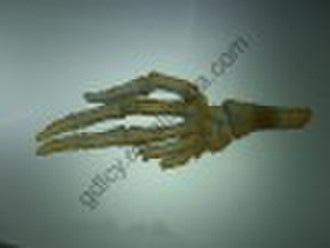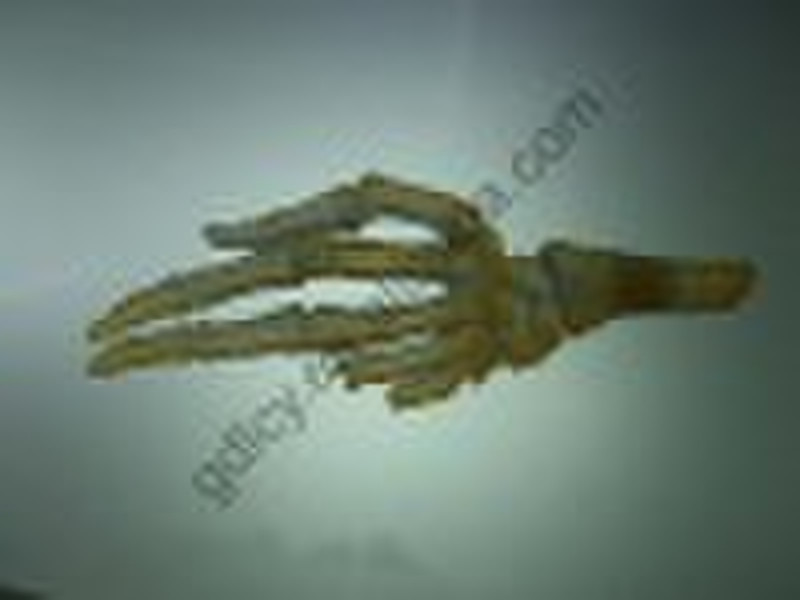Каталог
-
Каталог
- Автомобили и мотоциклы
- Безопасность и защита
- Бизнес
- Бытовая техника
- Бытовая электроника
- Детали машин и услуги по их изготовлению
- Дом и Сад
- Здоровье и медицина
- Игрушки и хобби
- Изделия из металла
- Измерительные и анализирующие приборы и инструменты
- Инструмент
- Красота и личная гигиена
- Мебель
- Мероприятия по охране окружающей среды
- Минералы и металлургия
- Модные аксессуары
- Обувь и аксессуары
- Одежда
- Освещение
- Подарки, сувениры
- Продовольственные товары и напитки
- Промышленное оборудование и техника
- Резина и пластмассы
- Сельское хозяйство
- Специальное оборудование
- Спорт, отдых и досуг
- Сток
- Строительство и недвижимость
- Текстиль и кожа
- Телекоммуникации
- Товары для офиса, учебы. Канцтовары
- Транспорт
- Упаковка и печать
- Химикаты
- Часы, Украшения, Очки
- Чемоданы, сумки
- Электронные компоненты, оборудование, принадлежности
- Электротехническое оборудование и принадлежности
- Энергия
Filters
Search

Медицинская модель
ориг. цена: 200,00 USD
Фошань, Китай
Объем производства:
500 Штука / Месяц
Фошань, Китай
86-757-22915980

Terry Tsui
Контактное лицо
Основные данные
| Место происхождения | Guangdong China (Mainland) |
|---|---|
| Бренд | LONG CHUANG YU |
Wespecialize in medical rapid prototyping and medical stereolithography, providing medical devices prototypes, medical models, medical prototypes and physical prototypes of anatomical parts for medical applications. The material we use is DSM Somos 11120, which is a low viscosity liquid photopolymer that produces strong, tough, and water-resistant parts. The use of Rapid Prototyping (RP) technologies in Medical Model or Anatomical Model is relatively new and very innovative, so that designers, doctors, or others can generate physical, tangible prototypes to work with. So far, medical rapid prototyping has been used for: Physical Anatomical Parts and Medical Models. Physical / Anatomical Parts: Advances in replacing or augmenting human anatomical parts have driven the growth of medical prototype parts. This could be an actual implanted physical part that requires a medical prototype using medical grade material for testing, or it could be a model that is used for research. For example, a replacement part that might use the medical implant rapid prototyping process would be a bone implants or prosthesis. Or the medical part might be an inserted piece used a brace or supporting structure, such as a rod for a broken bone. In any case, the rapid prototyping process applied to physical medical parts is another innovative use of RP technology. Medical Models: Wecan create orthopedic rapid prototypes of anatomical models and medical models for many uses. Medical models have been used as learning tools for many years. Some examples include models of hearts, bones, and joints. But advances in medical rapid prototype models now allow medical practitioners use physical models to visualize the medical problem and plan treatment. The key element is taking 2D information, say from an MRI or CT, and using medical stereolithography to create a 3D medical model. For example, a rapid prototype medical model is used by a surgeon to plan jaw and skull surgeries more efficiently, also described the or medical and forensic applications as talked about in See this recent , which researches the use of rapid prototype medical models for use with shoulders, hips, knees, and others.
Условия поставки и упаковка
Packaging Detail: Carton or custom package. Delivery Detail: Depend on your quantity and on your location, usually 2-10 day.
Порт: Guangzhou
Условия оплаты
Аккредитив
Электронный перевод
-
Способы оплаты
Для оплаты товаров и услуг на нашем портале, Вы всегда получаете счет, в котором Вам необходимо самостоятельно указать свои данные.
Мы принимаем к оплате:











